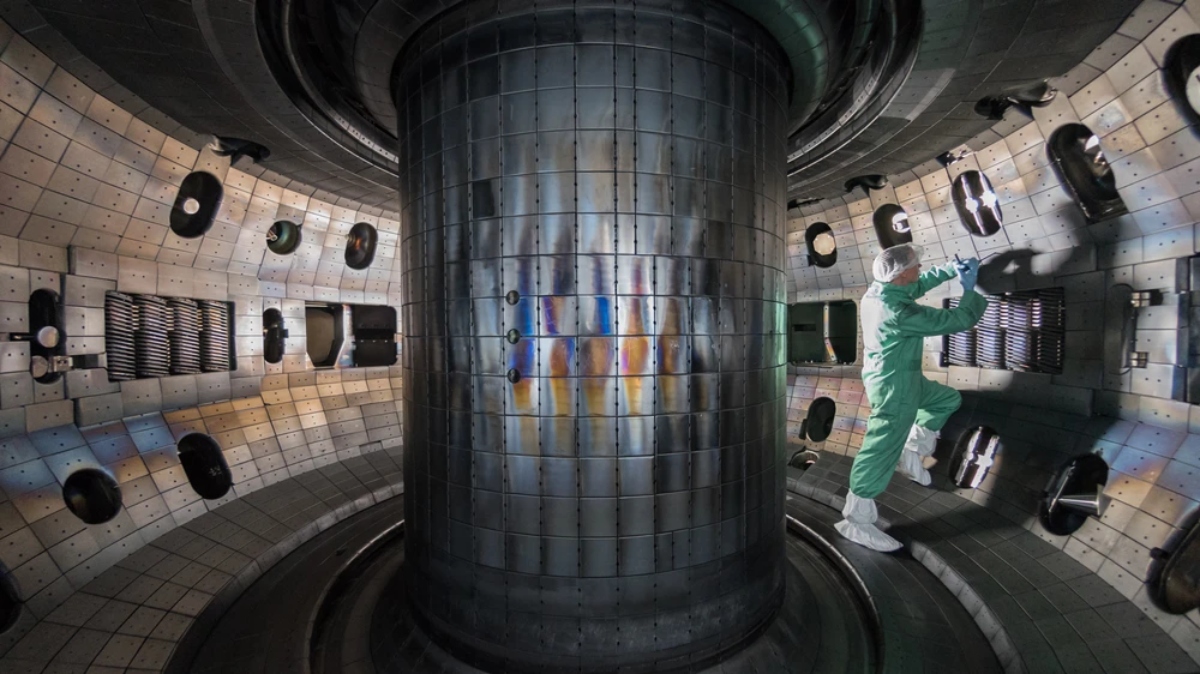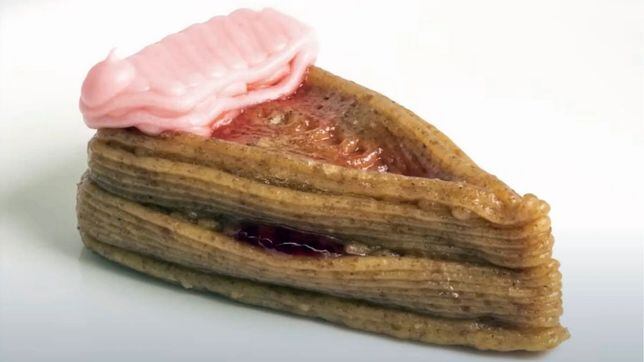3D printed salmon has reached the Spanish market thanks to an Austrian company (Revo Foods), which has started to sell it on the Internet. This popular fish would have been made from vegetables, mushrooms, vegetable oils and seaweed extracts.
What does Revo Foods do besides salmon?
The brand has named its vegan 3D printed salmon fillet: The filet. In other European countries they already sell it in physical stores, although in Spain they will have to wait to be able to buy it physically as the company will only sell online.
Revo Foods specializes in the marketing of tuna- and salmon-flavored products that do not use fish. This makes them ideal products for vegans. When thinking about how they were going to make the fish fillets, they tried to create a product with similar nutritional characteristics. This vegan 3D printed salmon has (per hundred grams) 175 calories; 13.5 grams of fat and 9.5 grams of protein. It is enriched with omega-3 acids, vitamins B6 and B12, folic acid, niacin and vitamin E.
What is vegan salmon made from?
To produce the printed salmon, they studied its composition conscientiously. To achieve the perfect product, they mixed mycoprotein together with soy protein. They also added water, vegetable oils, gelling agents, oils with DHA and EPA from the microalgae Schizochytrium sp, konjac as a thickener, rapeseed protein, lycopene and iron oxide coloring, in addition to the incorporated vitamins.
The Revo Foods brand explained that its products are fully sustainable and 95% less freshwater is used in the manufacture of all its products than in the case of conventional salmon farming. They also commented that they spend lessCO2 than other companies, using up to a ratio of approximately 77%-86%. Right now, the printed salmon can be purchased at a price of approximately 7.99 euros in a quantity of 140 grams. Other products, such as tuna cream, are slightly cheaper.
How are these foods made?
The company developed its own patent and approval is pending. Thanks to its “3D-MassFormer” technology, Revo Foods can produce 3D printed food alternatives at an industrial volume and in a way that the company has classified as “revolutionary”.
Due to the arduous research work they devoted to the production of the printed salmon, the company has been able to reproduce the fibers of the fish flesh and its scales. This has been achieved thanks to the technique of fat extrusion. This process integrates the algae into a fibrous protein matrix that perfectly reproduces these two characteristics, generating a much more realistic fish.
The company’s CEO, Robin Simsa, commented that the company is not only creating vegan food products but is also helping to present what looks like a preview of the future, contemplating what will be the nutrition of the years to come. According to the Revo Foods executive, getting into large-scale 3D food printing will be a step towards creating food “according to the customer’s needs.” Something that will make everything much more customizable and different. What do you think?




